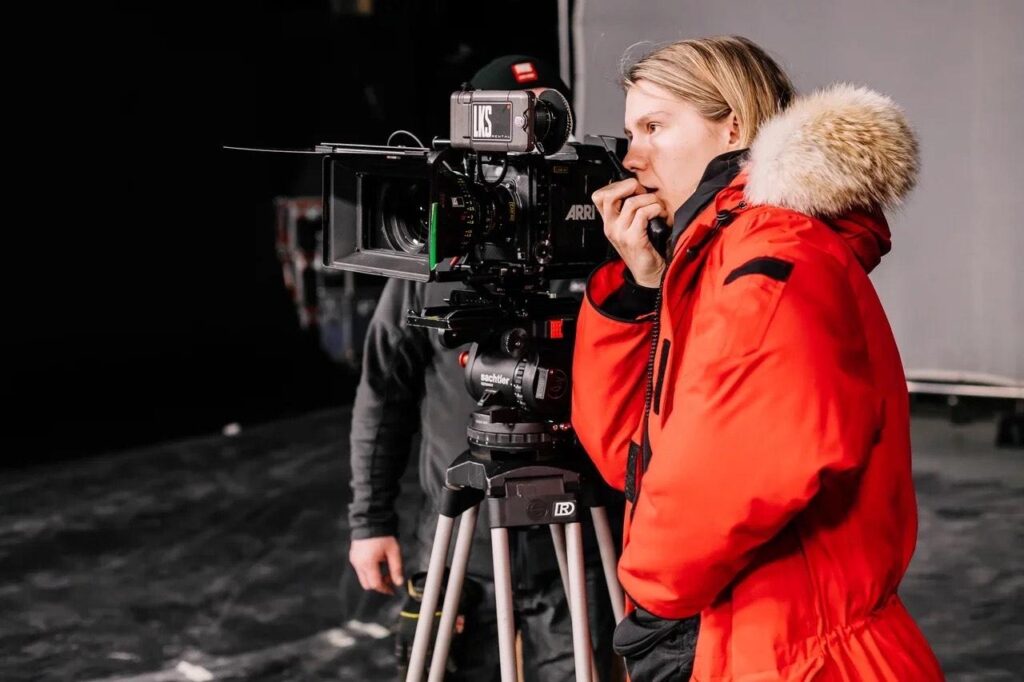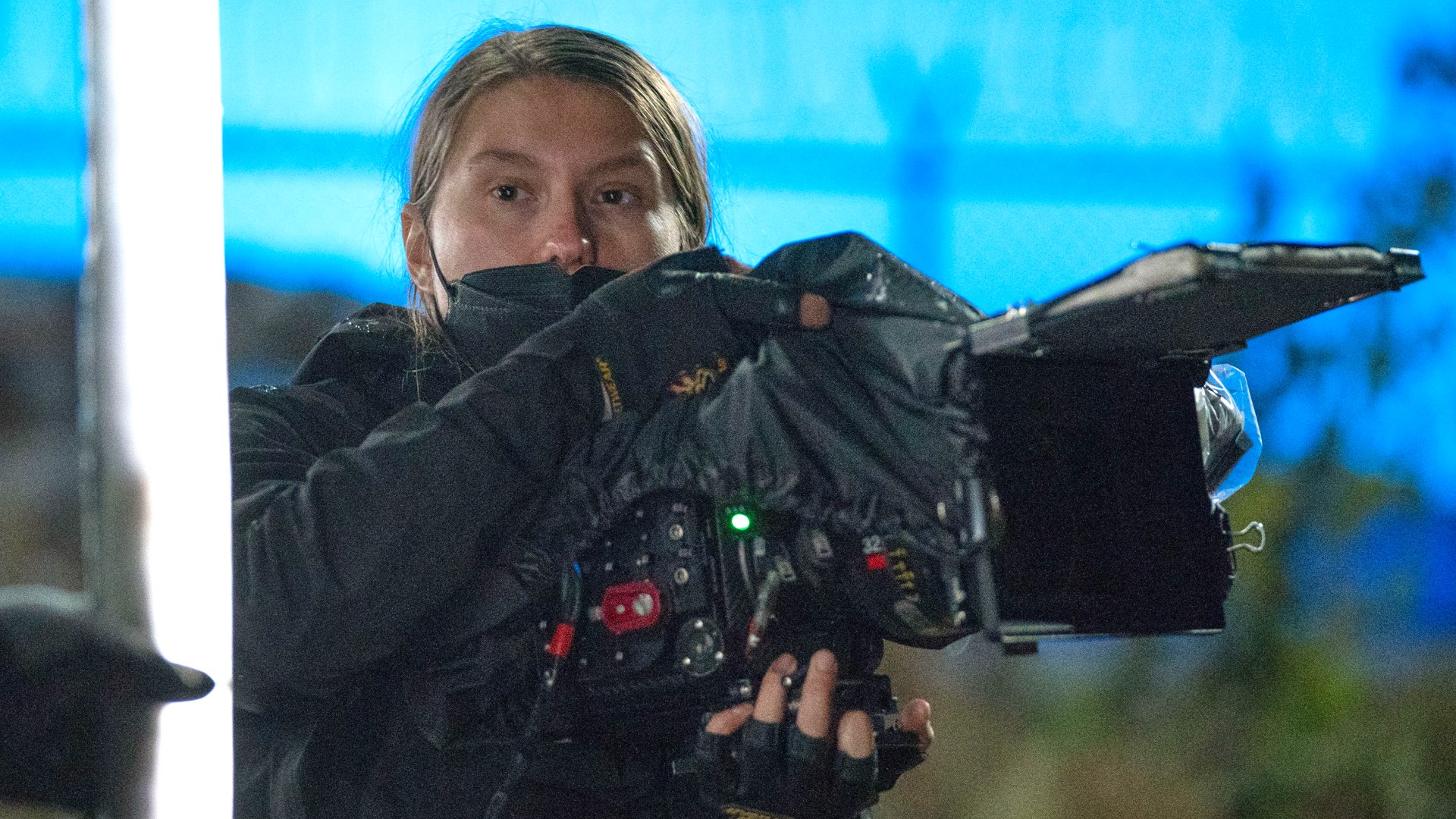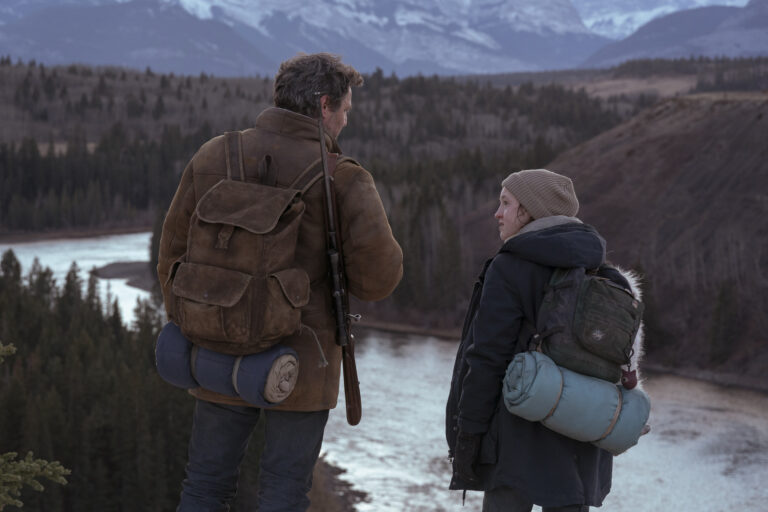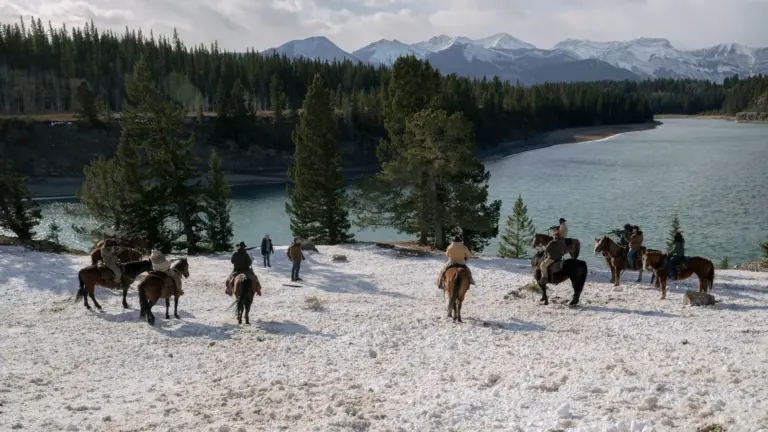When HBO decided to adapt The Last of Us for television, fans worried. Would it capture the game’s soul? Would it just be another flashy apocalypse show? Spoiler alert: it didn’t just capture the soul — it hugged it tightly, bathed it in melancholic light, and shot it on beautiful glass. A big part of that magic? Cinematographer Ksenia Sereda. Her work made The Last of Us feel raw, alive, and heartbreakingly beautiful.

Let’s dive deep into what made the show’s visual style so mesmerizing.
Finding Beauty in Broken Worlds
First things first: Ksenia Sereda didn’t want to make a “zombie show.” Not even close. From the jump, she knew the real story wasn’t about monsters. It was about people — bruised, stubborn, hopeful people. Her camera choices reflected that intention.
Instead of big sweeping shots of ruined cities (though, yeah, we got some of those too), she chose intimacy. She wanted us to feel like we were breathing the same musty air as Joel and Ellie. That meant keeping the camera close. Very close.

And so, her mission became clear: capture the “sad beauty” of a crumbling world without ever losing sight of the human heart beating inside it.
The Dream Team: ARRI Alexa Mini and Cooke S4/i Lenses
To build that gorgeous, immersive vibe, Sereda went with a rock-solid setup:
- Camera: ARRI Alexa Mini
- Lenses: Cooke S4/i Primes
Why this combo? Simple. The Alexa Mini offered Sereda incredible dynamic range and low-light sensitivity — pretty essential when half your world’s lit by flickering flashlights. Meanwhile, the Cooke lenses added that extra layer of dreamy softness. They have a way of rendering faces warmly without turning scenes into a fuzzy mess.
Sereda mostly lived between the 25mm and 50mm focal lengths. That sweet spot kept character faces natural but still pulled in enough of the wrecked world around them. It’s a balancing act: close enough to smell the desperation, wide enough to remember the stakes.
And oh, those Cooke lenses. They let light fall off in a buttery, cinematic way. Highlights bloomed gently. Shadows hugged the edges of frames. Every shot whispered: hope lives here, but barely.
The Backpack Revolution: Staying Close and Personal
Handheld cameras usually scream “chaos.” But under Sereda’s eye, they whispered intimacy.
She operated many of the shots herself, using what she nicknamed “Backpack Mode.” The setup stripped the camera down to its bare bones, stuffing all the extra gear into a backpack. That trick kept the camera light, nimble, and — crucially — close.
Because of this:
- The camera could move organically with the actors.
- It felt less “observing” and more “participating.”
- Scenes breathed and stumbled the same way real life does.
This style didn’t just look cool; it made emotions hit harder. You weren’t watching Joel grieve from a distance. You were there, right next to him, feeling the blood drain from the world.
Lighting the Darkness — Literally
In a post-apocalyptic world, no one’s flipping light switches. And Sereda leaned into that reality, big time.
Instead of blasting scenes with “invisible” film lights, she worked mostly with practical lighting. Think:
- Flashlights.
- Campfires.
- Shards of sunlight sneaking through broken windows.
For example, in the museum scene (aka “the creepiest clicker moment ever”), flashlights weren’t just props. They became the entire lighting plan. But here’s the catch: Sereda still needed enough ambient darkness to make those flashlights believable. It’s a tricky dance. Too dark, and the audience strains to see. Too bright, and the illusion shatters.
Sereda handled this by pushing exposure just low enough to hide details without losing mood. Plus, the Cooke lenses helped, gracefully managing flares and shadows without getting messy.
So when Joel’s flashlight beam cuts across peeling wallpaper? It’s not just lighting. It’s storytelling.
Color and Composition: Layers of Storytelling
Every frame of The Last of Us carried emotional weight, and that wasn’t accidental.
Sereda used color like a secret language. She tweaked tones to mirror character journeys, not just pretty up the scenery. For example:
- Warmth showed fleeting moments of safety or nostalgia.
- Cold blues and sickly greens painted fear and loss.
Beyond color, composition told its own silent stories. Characters often sat isolated in massive, broken environments. It wasn’t just moody. It showed, without a word, how tiny and fragile people had become against the vast ruins of their world.
Sometimes Joel and Ellie shared the frame tightly, huddled together against chaos. Other times, wide shots swallowed them up, making them specks in landscapes filled with decay and ghosts.
That push and pull — between connection and alienation — made every shot hum with tension.
Passing the Torch: A Cinematic Collaboration
While Sereda set the mood and style for the series, she wasn’t alone.
Other cinematographers joined the journey for different episodes, including Eben Bolter, Christine A. Maier, and Nadim Carlsen. Each brought their own flair but always honored the “rules” Sereda built early on.
Thanks to that careful collaboration, the visual language stayed consistent across episodes. So no matter who stood behind the camera, the world of The Last of Us always felt heartbreakingly real.
The Lasting Impression: A Post-Apocalypse Worth Living In
At the end of the day, The Last of Us didn’t just adapt a video game. It elevated it.
Because Ksenia Sereda and her team didn’t settle for cool explosions or easy scares. They crafted a world where love, grief, and survival tangled in every dusty sunbeam and every cracked sidewalk.
Every handheld sway of the camera. Every beam of flashlight through darkness. Every lonely, crumbling skyline. It all pulled us deeper, until we didn’t just watch Joel and Ellie’s journey.
We lived it.
And honestly? We’re still not ready to leave.




